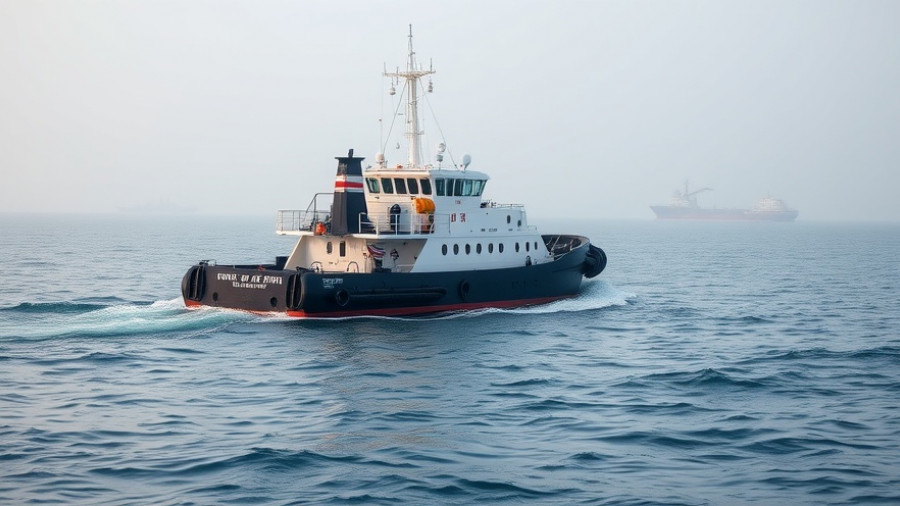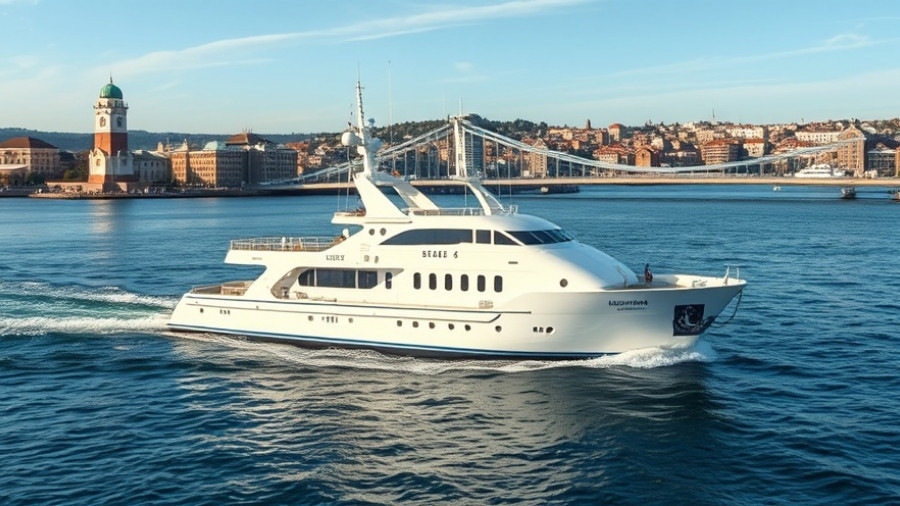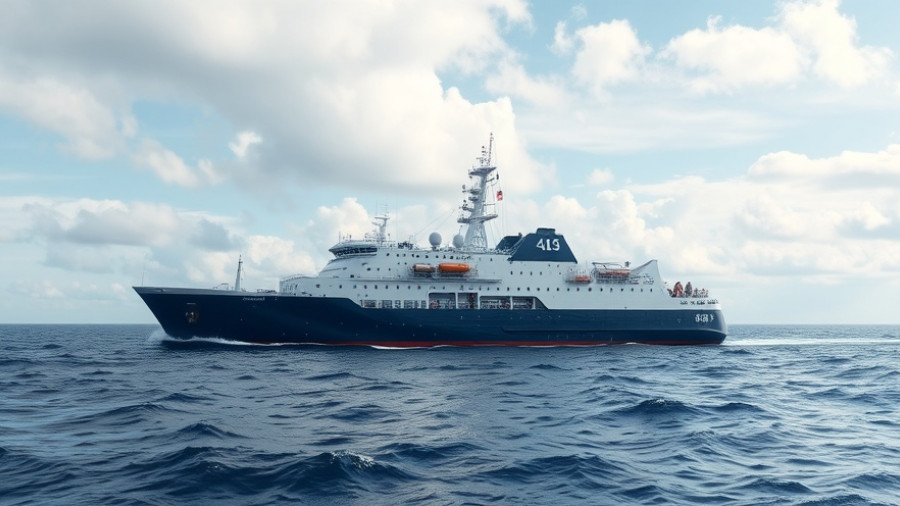
Stefan Eefting: A Veteran Takes the Helm
On July 1, 2025, Stefan Eefting officially stepped into his new role as the Head of Americas for Everllence, succeeding Mahesh Joshi who retired after years of dedicated service. With a remarkable career spanning three decades at Everllence, Eefting's extensive experience is set to propel the company towards greater success in the competitive maritime market.
The Importance of Leadership in a Dynamic Market
As Dr. Uwe Lauber, CEO of Everllence, mentioned, the Americas represent a crucial market for the company. Eefting’s leadership will be instrumental in harnessing the region's dynamic nature, allowing Everllence to capitalize on opportunities present in the Americas. His past experience as the Senior Vice President and Head of PrimeServ Germany has equipped him with a wealth of insight that can be leveraged to advance the company's goals, particularly in the areas of product offerings and sustainable service solutions.
Embracing Decarbonization in Maritime Operations
Decarbonization is not just a buzzword; it’s a necessary shift for the maritime industry. With growing concerns over climate change, Everllence’s focus on sustainable solutions aligns with global efforts to minimize environmental footprints. Under Eefting’s leadership, the commitment to provide full product portfolios and after-sales service to support decarbonization strategies will likely enhance Everllence’s standing in the industry and attract environmentally conscious clients.
Challenges Ahead: Transition and Innovation
While Eefting brings valuable experience, the transition will not be without challenges. The maritime sector is evolving rapidly, and companies must adapt to technological advancements while also addressing regulatory changes. For Eefting, leading during this shifting landscape means fostering an innovative culture within Everllence. Encouraging collaboration and inspiring teams will be critical as the company looks to stay ahead of competitors.
Future Predictions for Everllence in the Americas
Looking ahead, the prospects for Everllence under Eefting’s guidance look promising. With an increasing focus on sustainability and innovation in shipbuilding, Eefting is poised to lead strategic initiatives that leverage technology to enhance operational efficiency. This includes investing in cutting-edge solutions to meet emerging needs, such as anti-corrosion technologies or efficiency optimization tools for maritime fleets.
Joining the Conversation: What Does This Mean for the Industry?
Eefting’s appointment has sparked a broader conversation in the maritime community about leadership changes and the future direction of established companies. It raises questions about how new leadership can revitalize corporate strategies and what role sustainability will play in shaping market dynamics. Stakeholders—from employees to partners to customers—are increasingly interested in transparent leadership models that prioritize environmental responsibility.
Concluding Thoughts
Stefan Eefting's promotion to Head of Americas at Everllence signifies not just a change in leadership, but a potential shift in the maritime industry towards sustainable solutions that align with global decarbonization goals. As Eefting brings his extensive experience to bear, there is significant anticipation regarding how the company will navigate the complexities of this vital market. Stakeholders should keep a close eye on Everllence's developments, as Eefting’s leadership may chart a new course for success in the Americas.
 Add Row
Add Row  Add
Add 




Write A Comment